This post may contain affiliate links. Please read our disclosure policy.
Learning how to read a recipe can mean the difference between a fabulous meal and a complete disaster. Here’s how to correctly and successfully read a recipe.
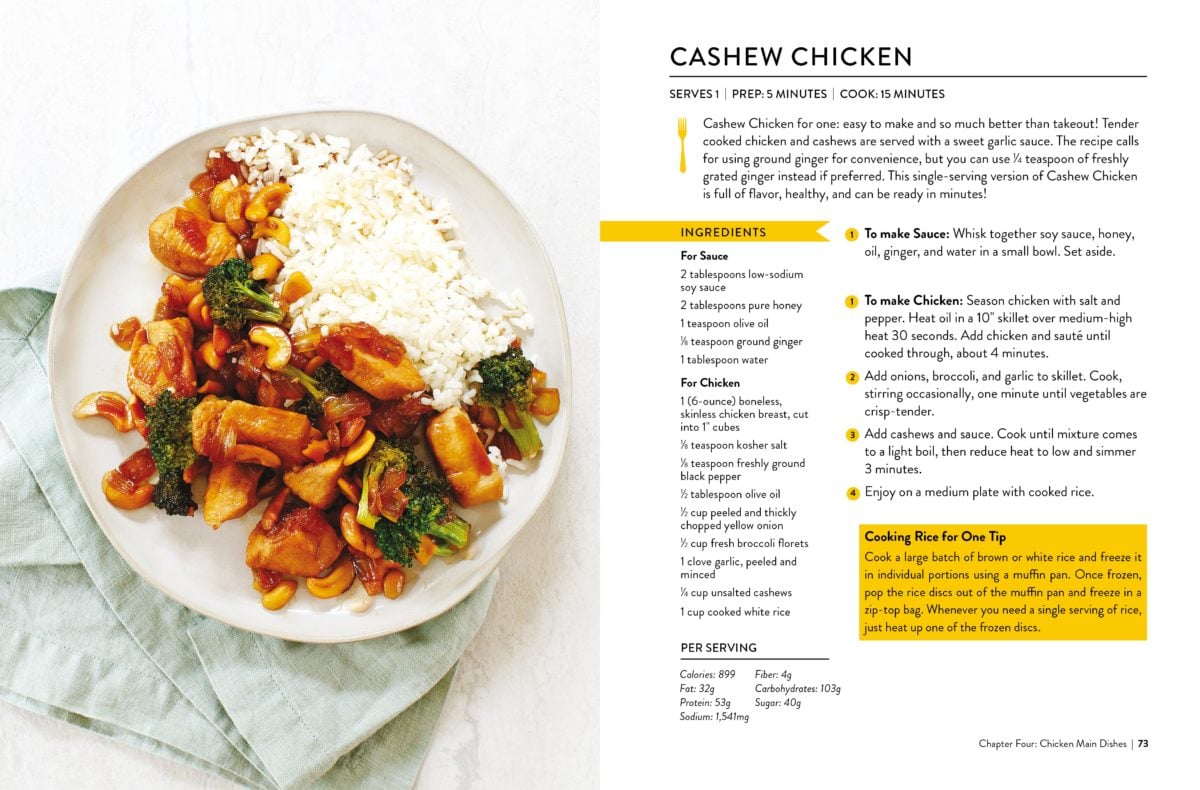
It has been my experience that most recipes “fail” because the recipe was not completely followed. I know how it is (I do it myself) – we get hungry and quickly thumb through the pages of a cookbook. When we discover an interesting recipe, we do a quick scan of the ingredients, and then we start cooking.
Well, friends – that won’t always work. It’s important to slow down and actually “read” the recipe. The author of the recipe wants us all to be successful and wants the dish to be perfect.
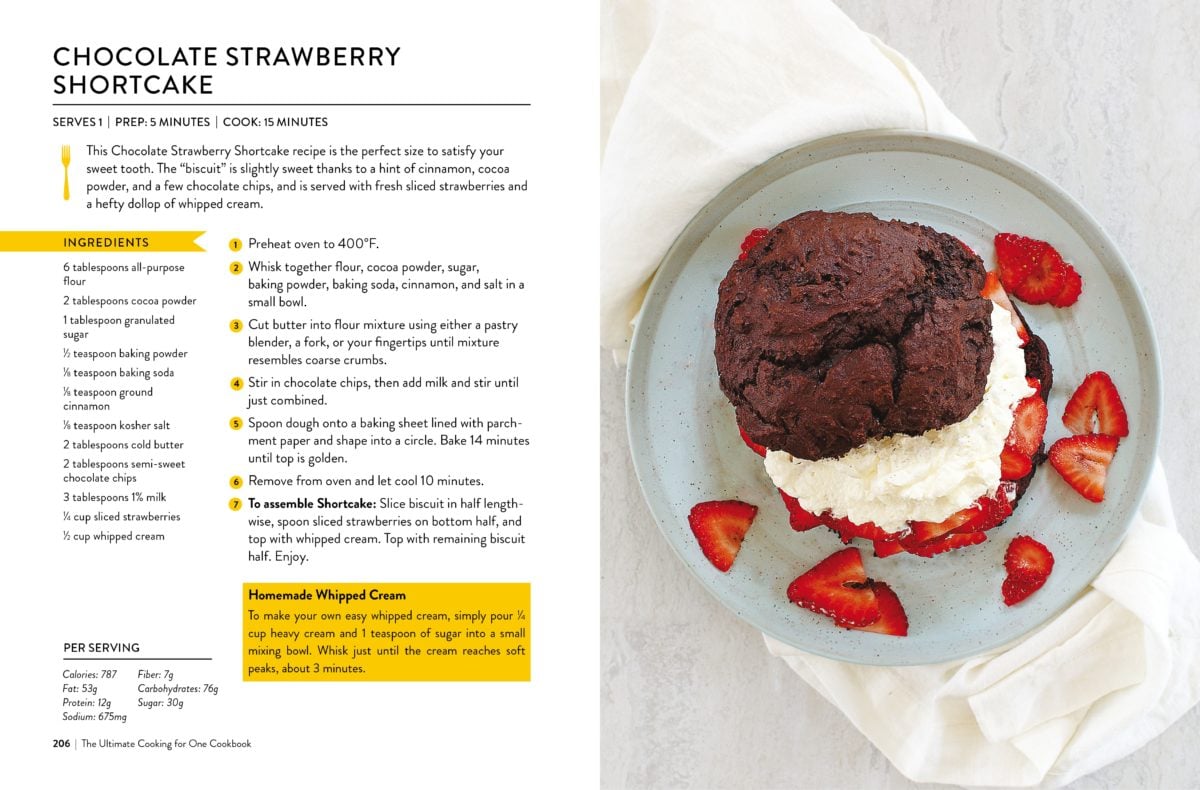
Here’s how to do it…
- Read the recipe twice.
Actually, read the entire recipe from start to finish. Review the ingredient list and read through the instructions. Make notes if you have to. You want to fully understand the process ahead of time.
- Pay attention to the instructions and tips.
The main text of the instructions may have some hidden steps that are necessary for the recipe. Also, in the tips and options sections, there may be some recipe options as well as more specific details on a challenging step that may be helpful. One of the key things to look for are preparation steps that may impact your timeline. For example, “soak dry beans before cooking”.
- Gather your ingredients and equipment.
Have all of the ingredients needed for the recipe close by and ready to use. This also goes for the dishes or pans you’ll need for the recipe. Plan ahead for ingredient temperatures, for example, “1 large egg, room temperature” or “1 teaspoon butter, softened”.
- Respect the order of ingredients listed in the recipe.
A recipe’s ingredient list is usually set up by order of use. I like to line my ingredients up in that order and group them by how they will be combined in the recipe.
- Pay attention to the comma.
The comma is everything when it comes to cooking and baking measurements. “½ cup of flour, sifted” is much different than “½ cup of sifted flour”.
For “½ cup of flour, sifted”, you would measure out ½ of a cup of flour, and then sift it.
For “½ cup of sifted flour”, you would sift your flour and then measure out 1/2 cup of it.
- Is it done yet?
Doneness will often be noted in a recipe by way of time and appearance. For example, “bake until golden brown, 20 minutes”. Use not only the oven timer but also your eyes and your nose, they will tell you more than a timer ever will.
Now the time has come to enjoy the meal or dish you’ve spent time preparing. Taking the time to read the recipe as you would a book or an article should give you confidence. Trust the process and trust yourself.
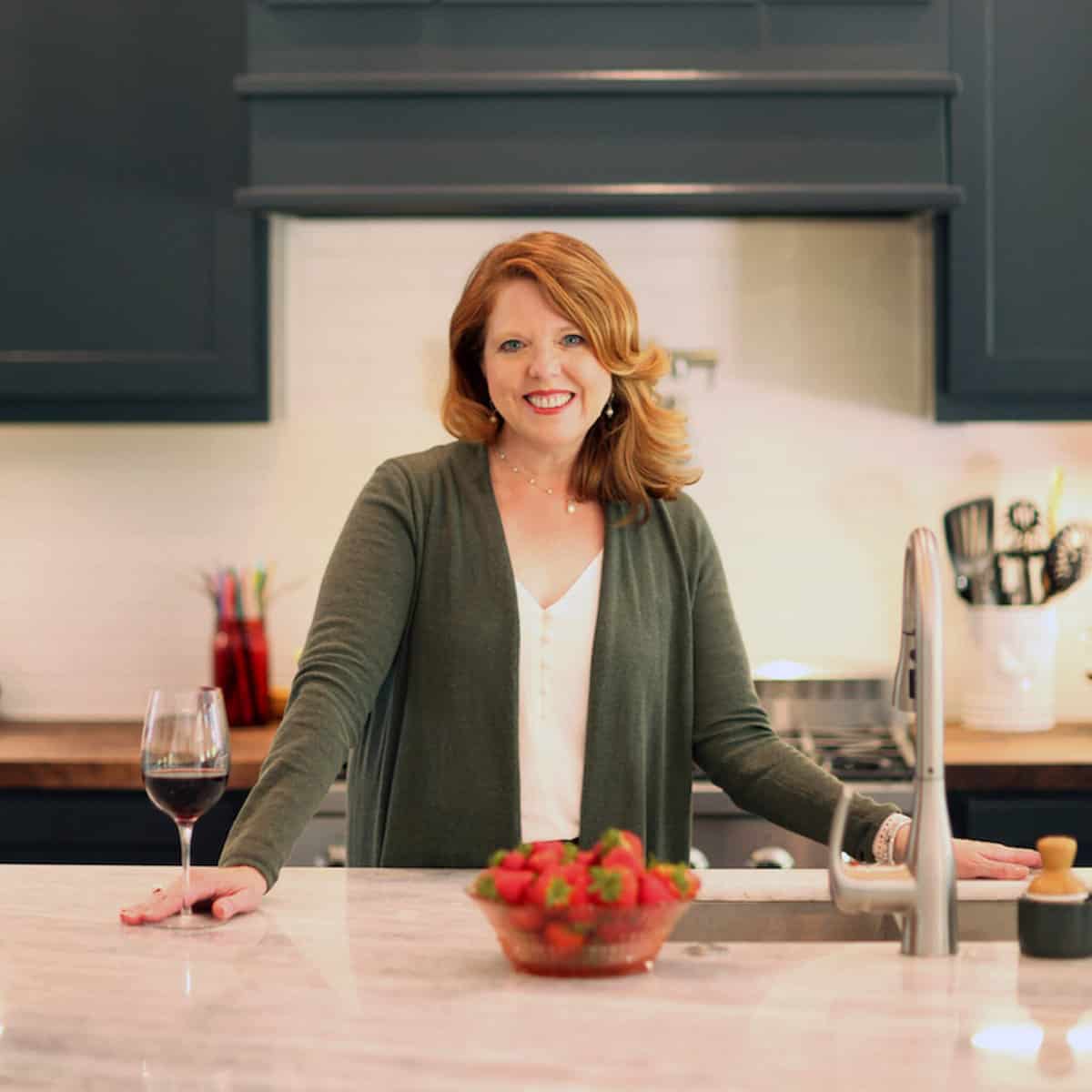
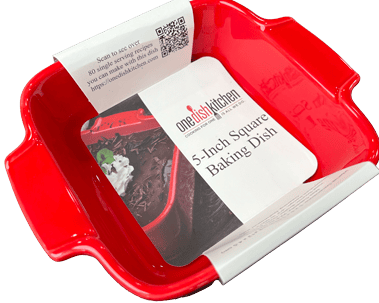








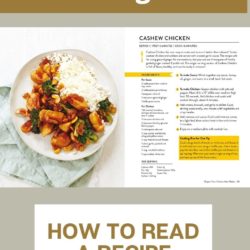
You’ve been a big help Joanie.
Your recipe wording does help my brain “to think”. Adjusting to cooking for one isn’t difficult..I made it difficult because I didn’t like being “one”.
Thank you.